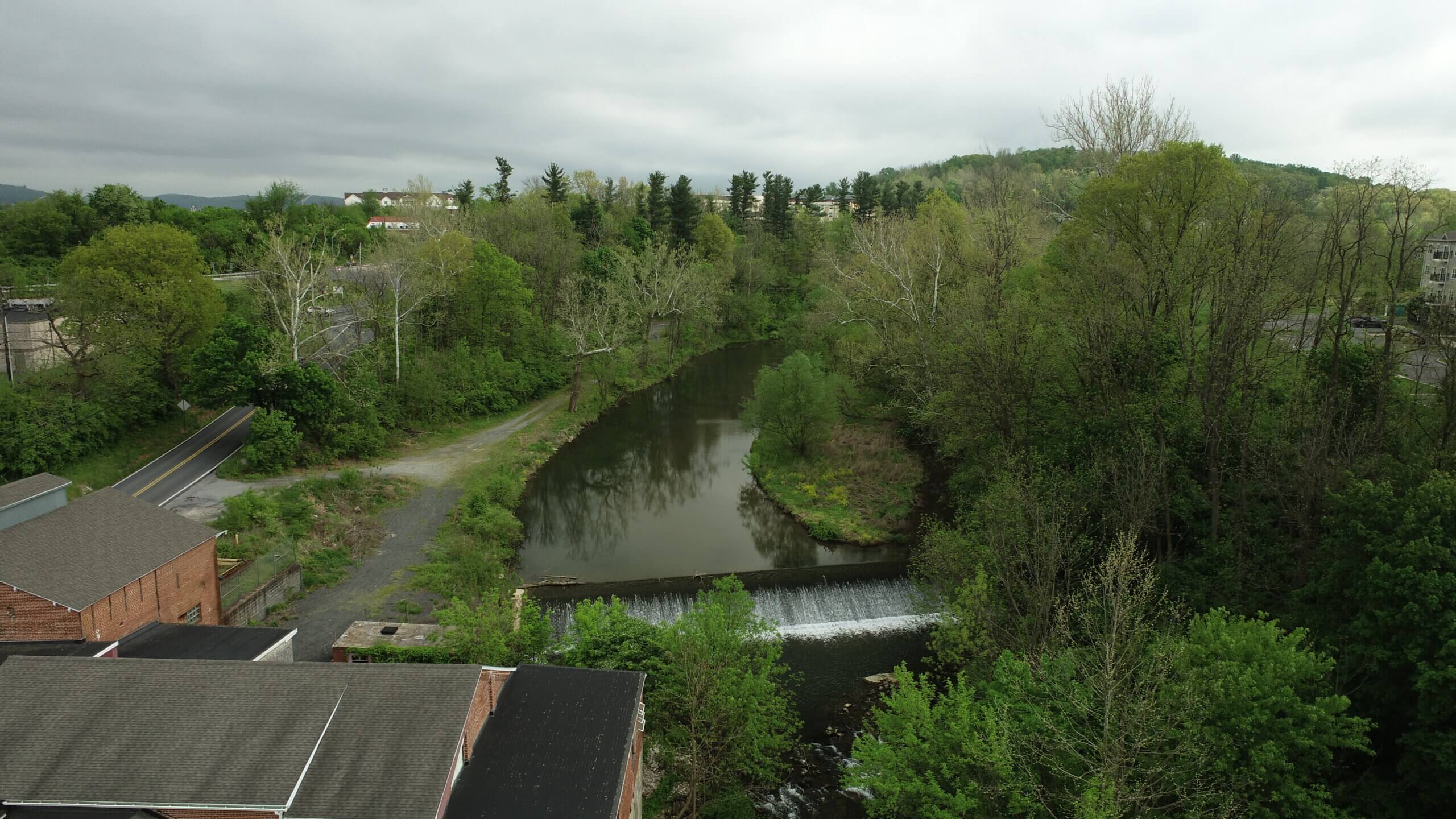How Dams are Removed

It’s not about the dynamite
Many people think that when a dam is removed it is simply blown up. The truth is that, when it comes to dam removal and river restoration, explosives are used only on rare occasions and largely to help dismantle the structure and make excavation easier. The exact removal method for a dam depends on the size of the structure, the material it is made of, and several other factors. In most cases, blowing up a dam is not feasible because of the potential for environmental damage or the dam’s location in a developed or urban area.
Regardless of the methodology, heavy construction equipment are almost always present. Two questions to consider in how a dam is removed are:
Should the dam be removed “in the dry”?
Removing a dam “in the dry” essentially means that the river is, in some way, diverted or pumped around the active construction site and that, at no time, is construction equipment in the water. The alternative to this is working “in the wet”.
Should the dam be removed all at once or in stages?
Once work begins to remove many small dams, deconstruction continues until the dam is gone. However, there are also times when a dam is removed in stages, being slowly lowered over a number of days, months, or years. This can allow the project team to manage things like sediment released from the former impoundment. The dams removed from Washington’s Elwha and White Salmon rivers, for example, were initially breached to allow the impoundments to dewater and the submerged areas to dry prior to deconstruction.
There are pros and cons to each of these methods. The method selected should be the one that is right for the river and dam being addressed. To avoid undue harm during dam removal, construction is undertaken in careful steps to not only avoid unacceptable degradation but also to keep dam removal contractors, their equipment, and people downstream out of harm’s way.
[metaslider id=26259]


